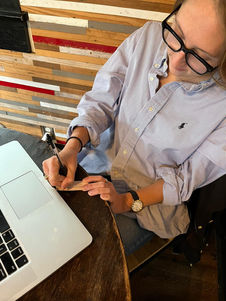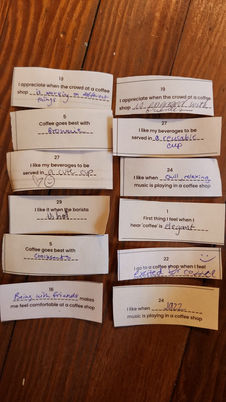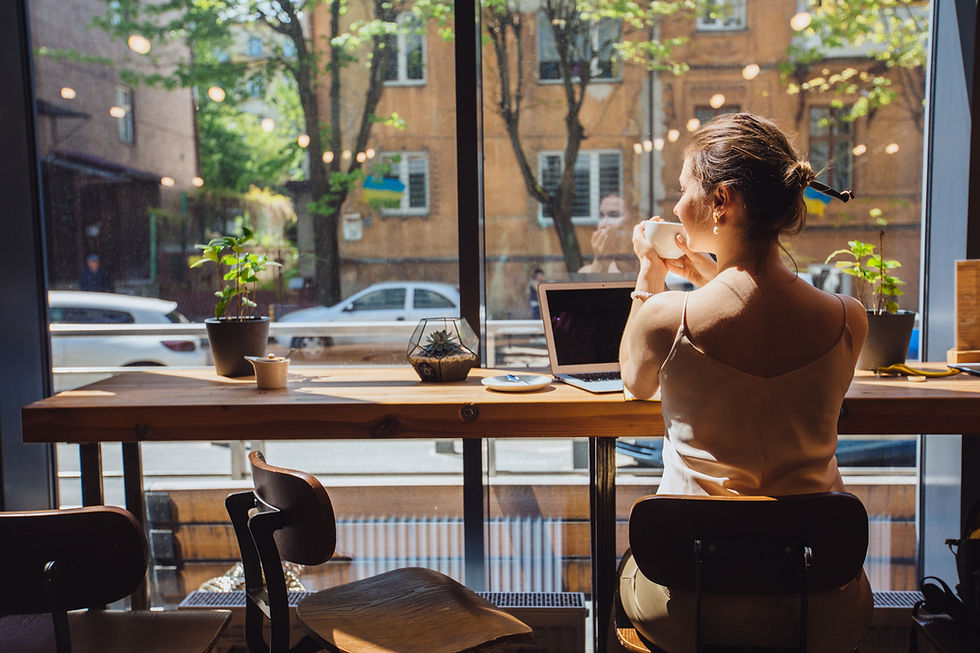
Product Strategy I User Research and Insights I Brand Strategy
Ideal Experience of Local Coffee Shop
Project Overview
Through this project, we dive into the customer’s experience of a local coffee shop and the factors that create a personal connection between the two. Our goal is that the research summarized in this project helps local coffee shop owners identify opportunities both for existing coffee shops, as well as new ventures. The insight we have gained into the customers’ minds and subconscious can help them identify unique design opportunities to create a memorable experience for their customers.
We delve into the emotional connection that people form with their local coffee shops, and the comfort they associate with them. We were intrigued by the fact that coffee shop regulars often think of their preferred coffee shops as a home away from home. We further researched what stimulates tangible feelings and how it affects their behavior in these spaces.
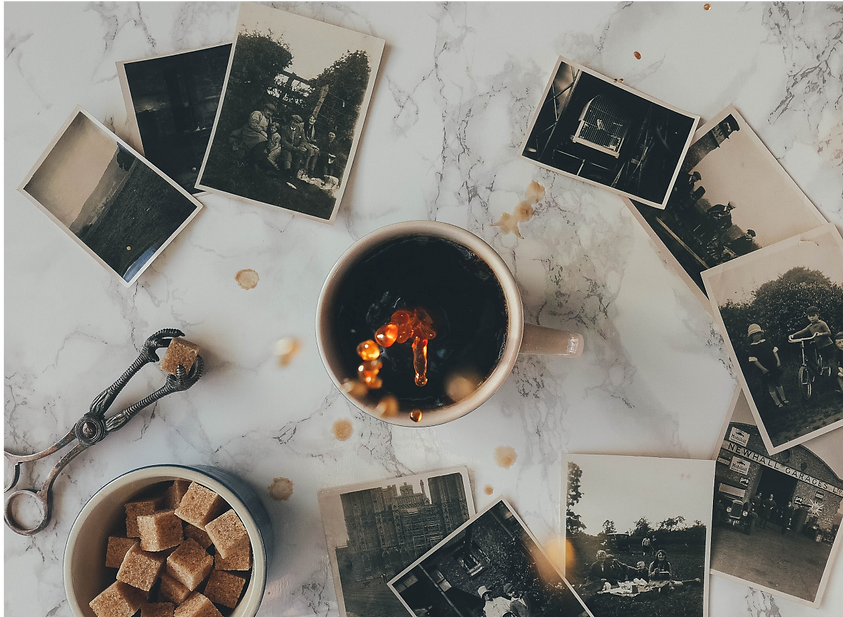
Why
Unveiling the Project
Visiting coffee shops has become second nature for many of us. Yet such a simple beverage has a way of inspiring and uniting us, regardless of who or where we are, and what we believe in.
We were intrigued by the context in which coffee is consumed, and as a team became captivated by the unique experience provided by local coffee shops. We wondered what stimulates people to visit and frequent these shops and wanted to understand the psychology behind this phenomenon.
Who
We distinguished our target audience between frequent exposure and their unique interaction with local coffee shops. We conducted screener interviews with customers across the previously mentioned coffee shops. Based on the results of the screener, we conducted detailed interviews with 12 participants, most of whom fall within the 24-35 age range. The interviewees were evenly distributed by gender, and largely Savannah locals.
To cover a broader range of demographics, we made a conscious effort to include a more diverse audience with our cultural probes and sensory cue kits. Through these methods, we were able to communicate with a wider age range, as well as coffee shop owners, employees, and non-local tourists.
Where
The interviewees were evenly distributed by gender, and largely Savannah locals. To cover a broader range of demographic, we made a conscious effort to include a more diverse audience with our cultural probes and sensory cue kits. Through these methods, we were able to communicate with a wider age range, as well as coffee shop owners, employees, and non-local tourists.
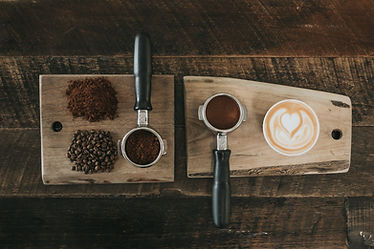
Secondary Research
66%
Americans consume coffee.
$80 B
Revenue in 2022
25-40yr
prefer drinking in coffee shops
Research Journey
Primary Research
In our primary research phase, we strategically developed a comprehensive screener to identify the perfect participants for our interviews. This tool allowed us to pinpoint individuals whose insights aligned closely with our project's goals. By crafting a targeted screener, we ensured that our interviews were enriched with relevant perspectives, enabling us to extract valuable and actionable insights for our design research project.
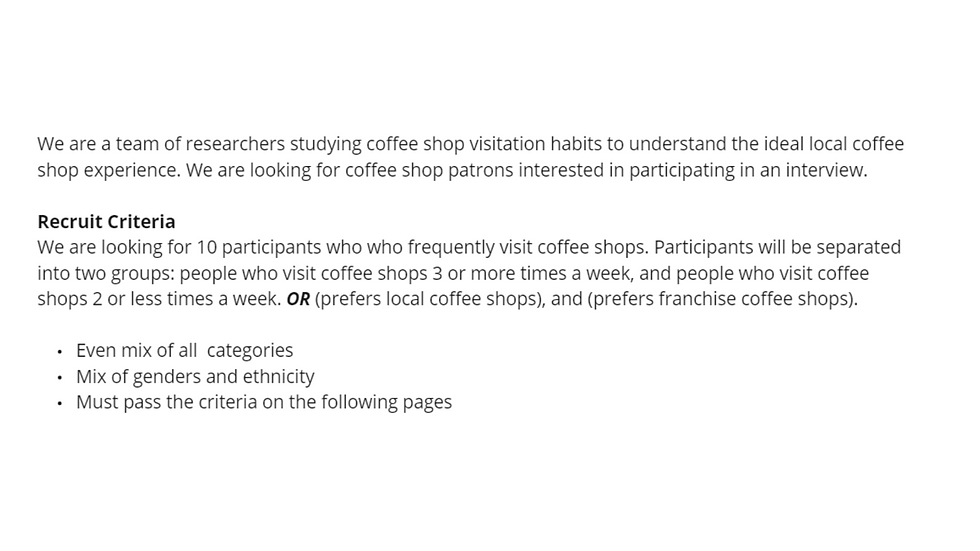
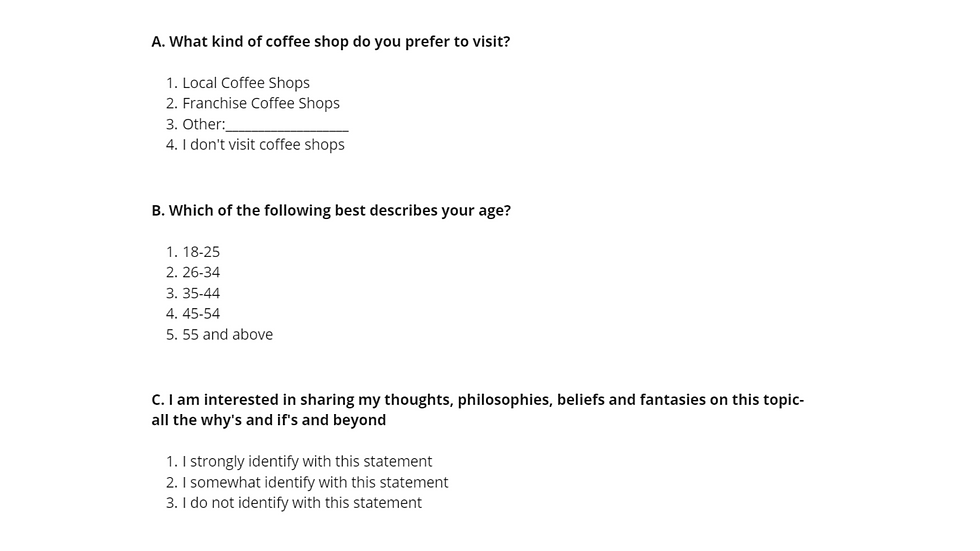
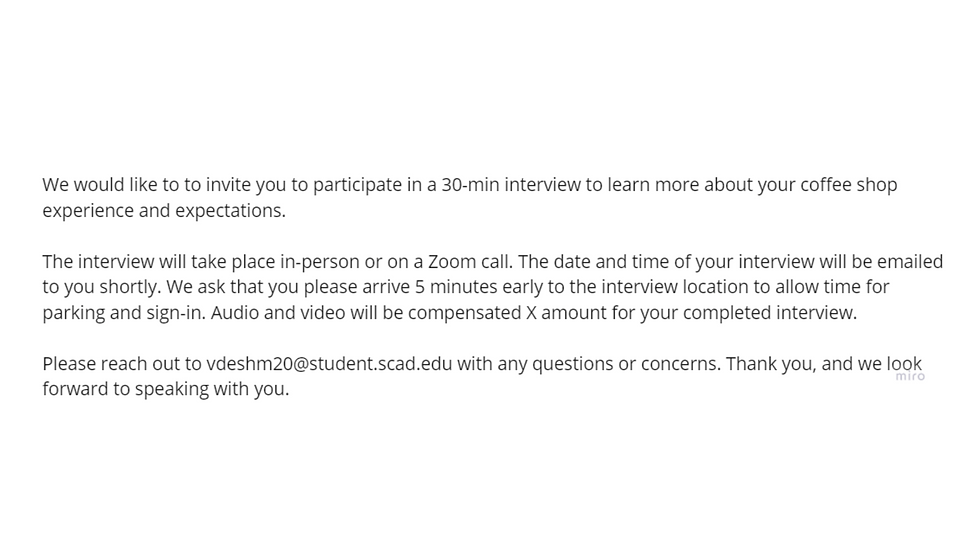

Cultural Probe and Sensory Cue Worksop
Engaging in a cultural probe at a local cafe, we immersed ourselves in the environment to capture sensory cues from customers. Through keen observation and interactions, we decoded the subtle nuances – from the aroma of coffee to the ambient sounds – unraveling insights that illuminated the intricate interplay between culture and individual experiences.
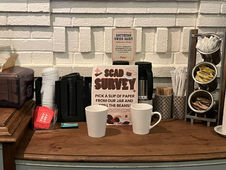
By presenting diverse images and words, we skillfully placed them within their ideal environments. This innovative approach unearthed the intricate relationships between visual and sensory elements, enriching our understanding of how design can evoke emotions and shape meaningful experiences
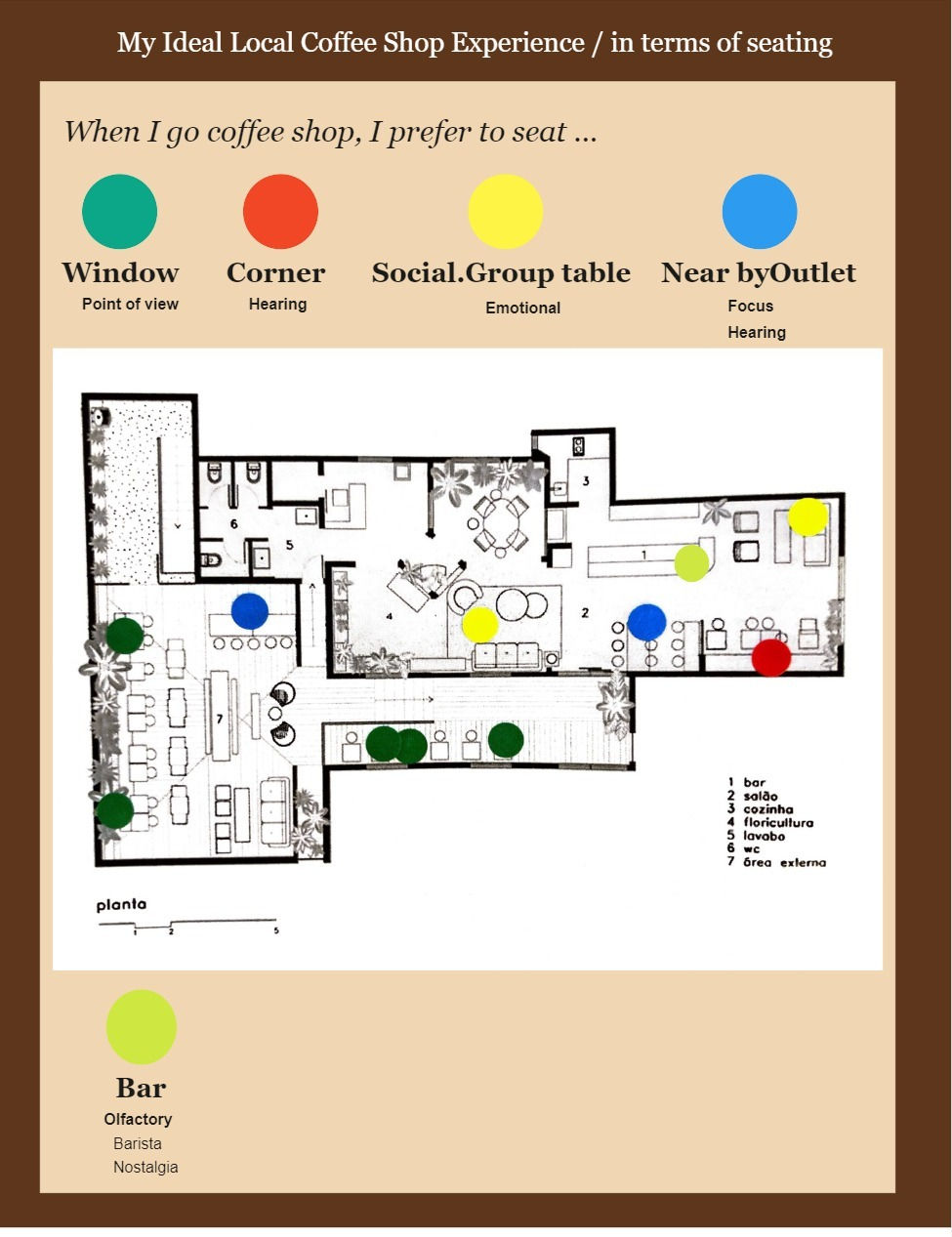
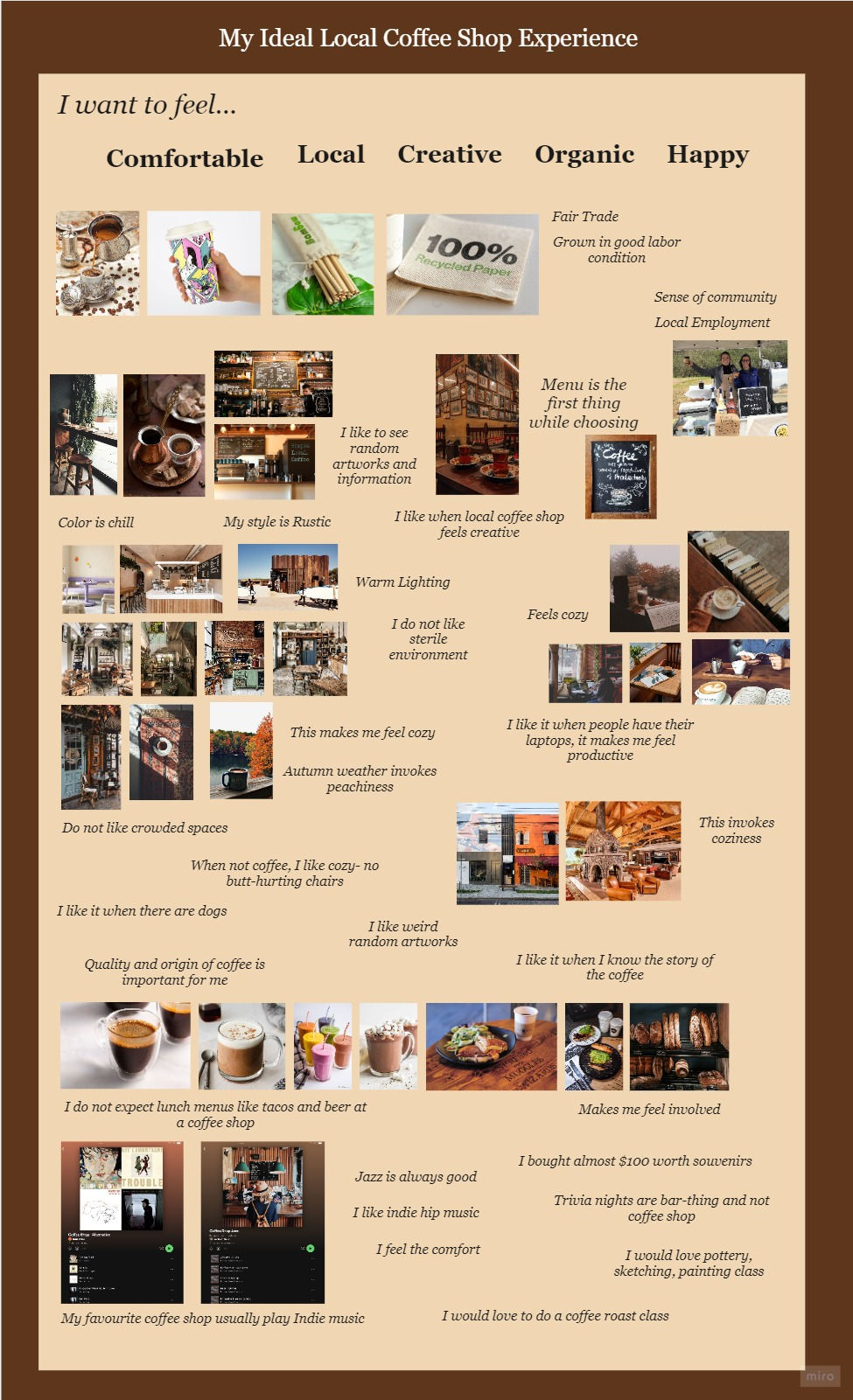
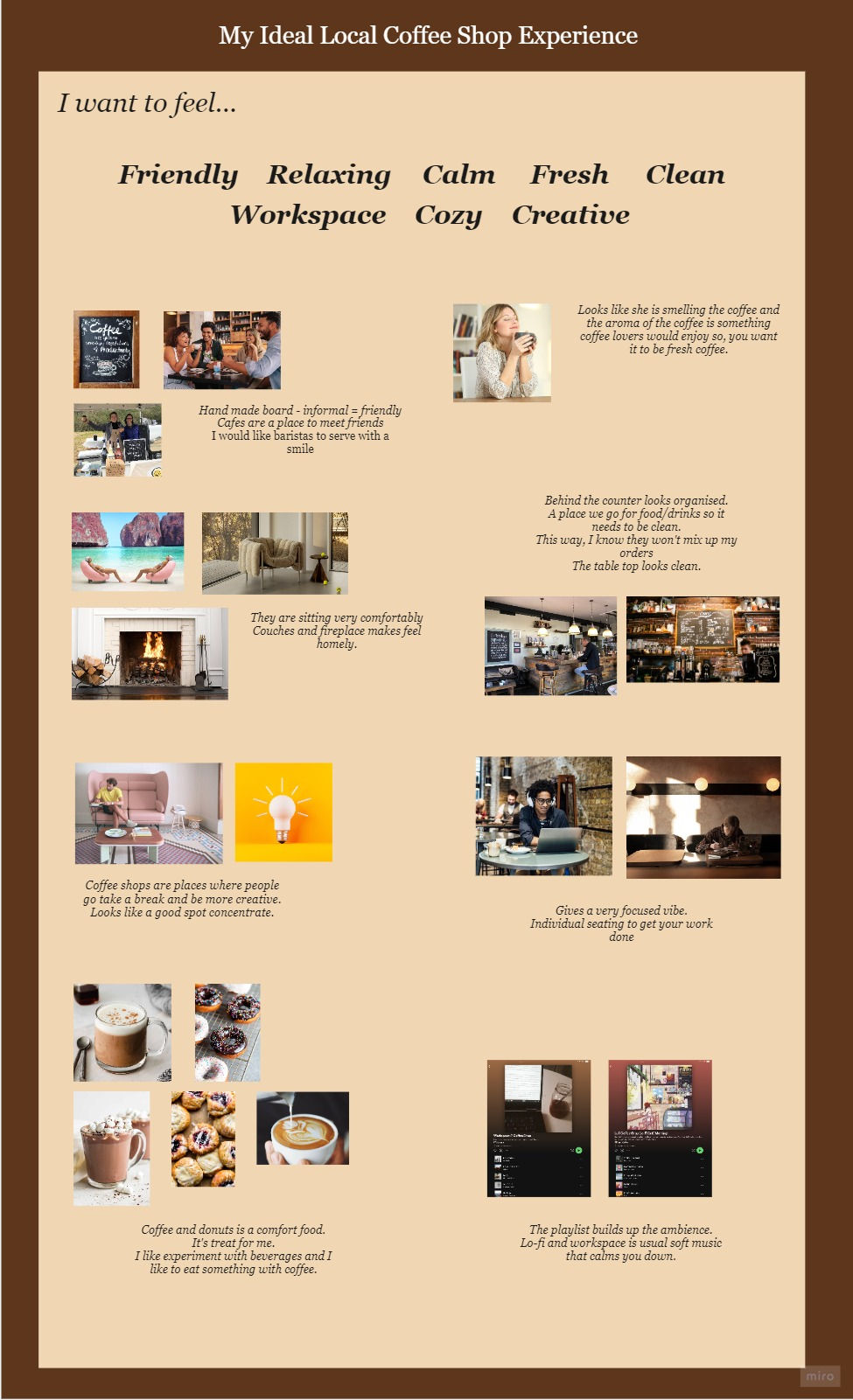

As an integral facet of our design research project, we embraced the power of affinitization. Through this insightful technique, we meticulously organized a wealth of collected data, creating clusters that unveiled patterns and connections. By categorizing and grouping sensory cues, images, and words, we unveiled a tapestry of insights that guided our design decisions, paving the way for a more impactful and resonant user experience.
Insight Translation
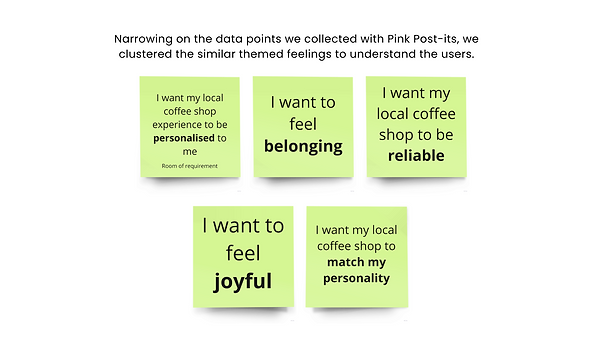.png)
Contextual Research Framework
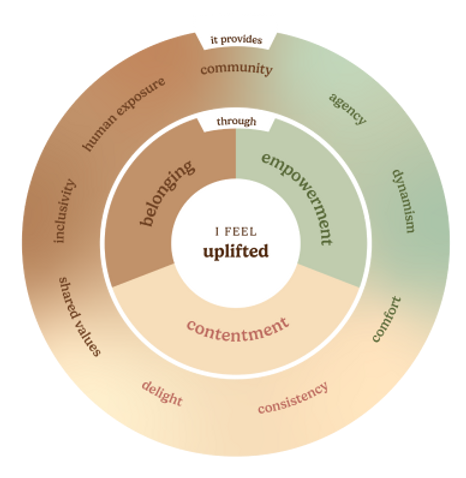
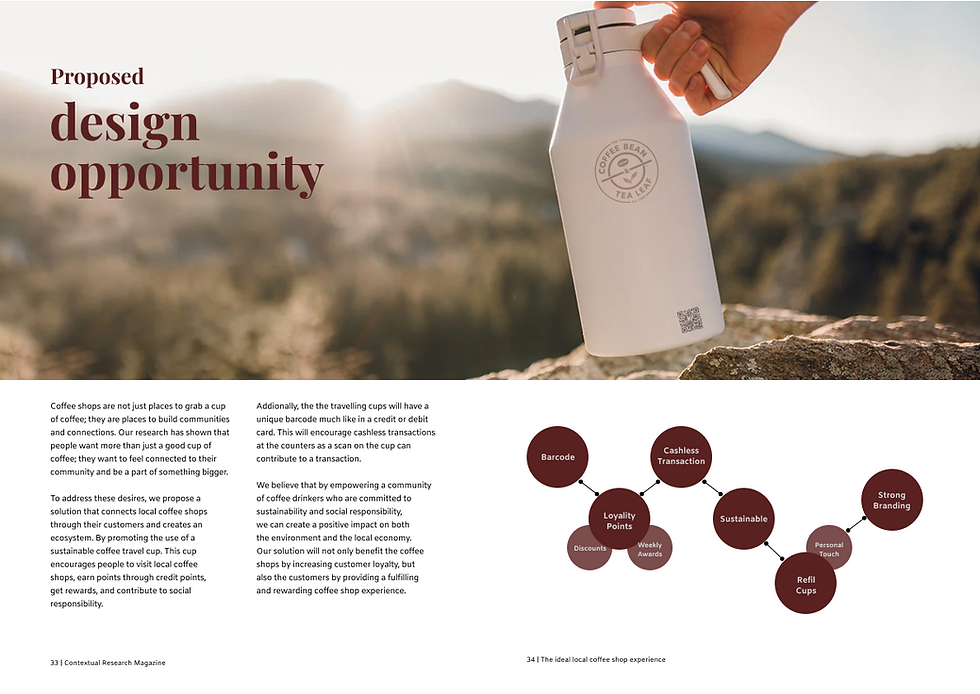
The Team
Shravya Deswal
Vedika Deshmukh
Grant Given
Lia Hur
Neethi Laiju
Praachi Zaveri
